
Research shows Catholic support for IVF declines once Church teaching is understood
Angeline Tan
·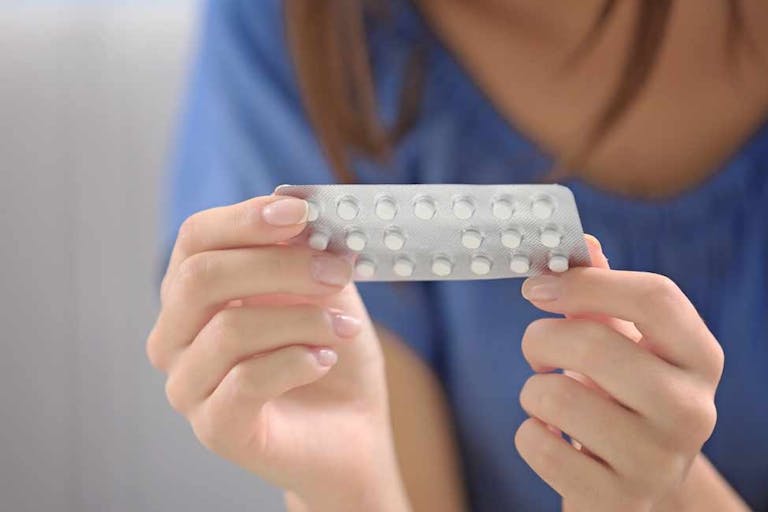
Issues·By Anne Marie Williams, RN, BSN
Hormonal birth control can come at a terrible cost for teenage girls
A twist on the old joke, “a ___ walks into a bar” might be “a girl walks into an OB office” followed by the predictable punchline “and walks out with a prescription for birth control.” Hormonal birth control, whether via the Pill, the Patch, or other hormonal medications, is routinely prescribed to teenage girls for everything from acne to heavy bleeding to irregular periods to pregnancy prevention. No matter what’s wrong, birth control seems to be the answer. But is it? What’s the cost of putting young women still going through adolescence on hormones for potentially years on end?
Hormonal birth control is a Band-Aid
Everyone seems to know someone who went on the Pill for heavy bleeding as a teen, typically without much investigation into the cause. A 2015 bulletin by the American College of Obstetricians and Gynecologists called “Menstruation in Girls and Adolescents: Using the Menstrual Cycle as a Vital Sign” showed a graphic of no less than 14 different issues, some very serious, that abnormally heavy bleeding could indicate. Birth control represents a band-aid for a symptom without addressing, let alone fixing, what’s wrong. In fact, hormonal birth control represents a band-aid approach in many cases, as it only takes away the symptoms of irregular periods or painful periods, etc.
Lizzy, a 31 year old from Illinois, told Live Action News that she was placed on prescription pain medication as a teen for extremely painful periods, and then the Pill at age 21. Even though her pain persisted despite the medicine and the Pill, she was always told that “everything’s fine.” Only after she was married and unable to conceive did she learn that her infertility was due to Stage III endometriosis, a growth of uterine tissue outside the uterine cavity on other abdominal organs that can cause excruciating pain.
Hormonal Birth Control Creates New Problems
Just last month, CNN.com reported on a new study in the medical journal JAMA Psychiatry that found an increase in crying, sleeping, feeling worthless, suicidal thoughts, and other symptoms of depression amongst teens who went on birth control compared with non users. The connection between birth control use and depression is nothing new, and in fact a 2016 study from Denmark found that teen girls placed on hormonal patches, coils, and rings were at even higher risk for depression than those placed on the Pill. This latest research confirms that teenage girls are hardest hit by depressive symptoms amongst new birth control users, even when researchers controlled for other potentially confounding factors like ethnicity and socioeconomic status.
Depression isn’t the only problem that the Pill and other methods of hormonal birth control can create. Both birth control pills and the Depo-Provera synthetic progesterone shot have been found to decrease bone density in teen girls and young women, a particularly concerning finding given that bone density growth should be most significant amongst this population. This can translate into higher osteoporosis risk later on in life.
READ: $9 million awarded to family of student who died from birth control complications
Article continues below
Dear Reader,
In 2026, Live Action is heading straight where the battle is fiercest: college campuses.
We have a bold initiative to establish 100 Live Action campus chapters within the next year, and your partnership will make it a success!
Your support today will help train and equip young leaders, bring Live Action’s educational content into academic environments, host on-campus events and debates, and empower students to challenge the pro-abortion status quo with truth and compassion.
Invest in pro-life grassroots outreach and cultural formation with your DOUBLED year-end gift!
Another major side effect of birth control use in teenagers is the increased risk of blood clots, which can be life-threatening and even fatal. Live Action News recently reported that an Alabama teen’s family was awarded $9 million after their daughter died due to a blood clot caused by her birth control. In that case, taking a thorough family medical history before giving the girl birth control could likely have saved her life, as her own mother had a history of blood clots. Live Action News also recently reported on a Tennessee girl who nearly died due to a blood clot in her lungs caused by her birth control. Yet another story from 2019 is of an Irish girl whose birth control caused a blood clot in her legs that broke off and traveled to her lung. She, too, almost died.
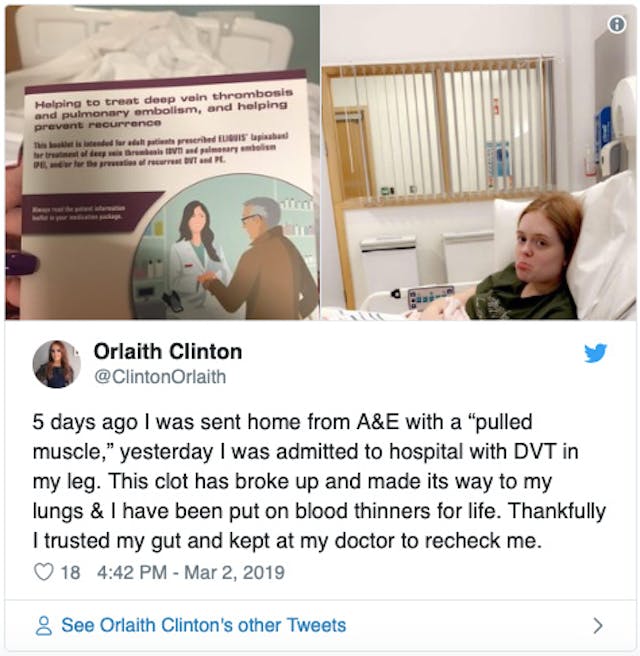
In 2013, Live Action News reprinted a three-part series on the dangers of hormonal birth control use by teenage girls, covering the potential risks of making the emergency contraceptive pill Plan B available in school vending machines, the risk of developing blood clots, increased rates of hard-to-treat triple negative breast cancer in younger and younger women, the connection between steroid use and heart disease, and much more.
A Better Way
Live Action News has previously reported on the benefits of teaching teen girls to track their menstrual cycles. The 2015 ACOG bulletin mentioned above specifically addressed how the menstrual cycle can be a fifth vital sign in girls and adolescents. According to the bulletin, “Just as abnormal blood pressure, heart rate, or respiratory rate may be key to diagnosing potentially serious health conditions, identification of abnormal menstrual patterns in adolescence may improve early identification of potential health concerns for adulthood.” This is because the menstrual cycle is an indicator of overall health in the young woman’s body. Certain patterns in menstrual cycle charting can prompt trained clinicians to suspect hormonal abnormalities, which can have a whole host of effects on various body systems.
What’s more, as Leslie Carol Botha found out in the late 1980s, teaching girls to chart their cycle can truly be life-changing. Botha worked with young women in restorative care homes, whose typical profile included a history of sexual assault, running away from home while still a minor, drug and/or alcohol use, and jail time. She found, according to the Natural Womanhood article on her work, that “these young women hadn’t been equipped with an understanding of the hormonal shifts in their cycles and how these changes were driving their moods and behaviors.” Astonishingly, she found that of the girls who had gone to jail, some 90% of them had been in the premenstrual phase of their cycle at the time of their criminal behavior. Within just three months of learning to chart their cycles, she found that they began to take control over their own lives, understanding when to expect the “rabbit hole” of premenstrual symptoms to begin… and when it would end.
In fact, research done on the TeenStar program that incorporates menstrual cycle charting in teaching teens self-awareness and responsible decision making found that “this program is effective in reducing the rate of pregnancy, delaying the onset of sexual activity, decreasing sexual activity in sexually-active youth, and improving attitudes towards abstinence, compared with students in the no-treatment groups.”
With benefits like these, and the risks of hormonal birth control on the other hand, what’s not to love?
“Like” Live Action News on Facebook for more pro-life news and commentary!
Live Action News is pro-life news and commentary from a pro-life perspective.
Contact editor@liveaction.org for questions, corrections, or if you are seeking permission to reprint any Live Action News content.
Guest Articles: To submit a guest article to Live Action News, email editor@liveaction.org with an attached Word document of 800-1000 words. Please also attach any photos relevant to your submission if applicable. If your submission is accepted for publication, you will be notified within three weeks. Guest articles are not compensated (see our Open License Agreement). Thank you for your interest in Live Action News!

Angeline Tan
·
Politics
Cassy Cooke
·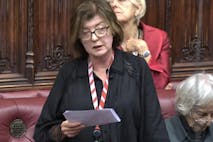
Guest Column
Right to Life UK
·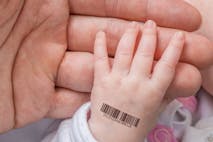
Issues
Angeline Tan
·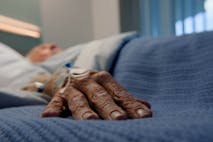
Issues
Bridget Sielicki
·
Issues
Nancy Flanders
·
Human Interest
Anne Marie Williams, RN, BSN
·
Issues
Anne Marie Williams, RN, BSN
·
Analysis
Anne Marie Williams, RN, BSN
·
Analysis
Anne Marie Williams, RN, BSN
·
Issues
Anne Marie Williams, RN, BSN
·